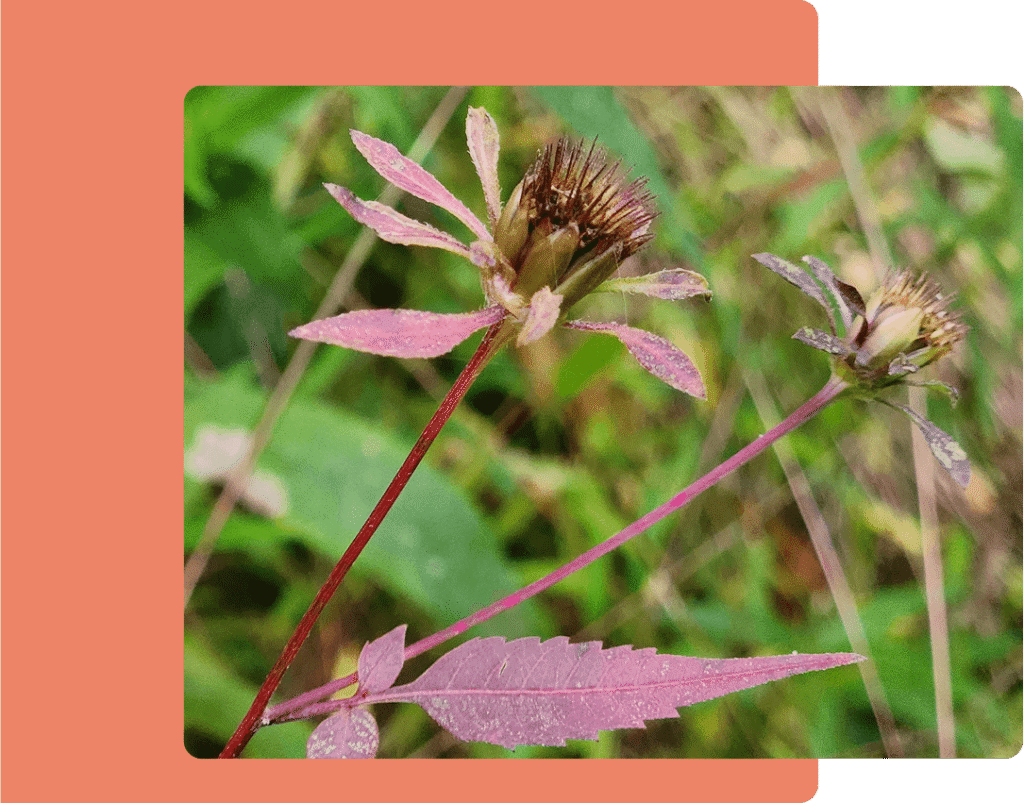This weedy wonder is like that friend who crashes the party and sticks around—literally. Its seeds cling to your socks, pants, and dignity.
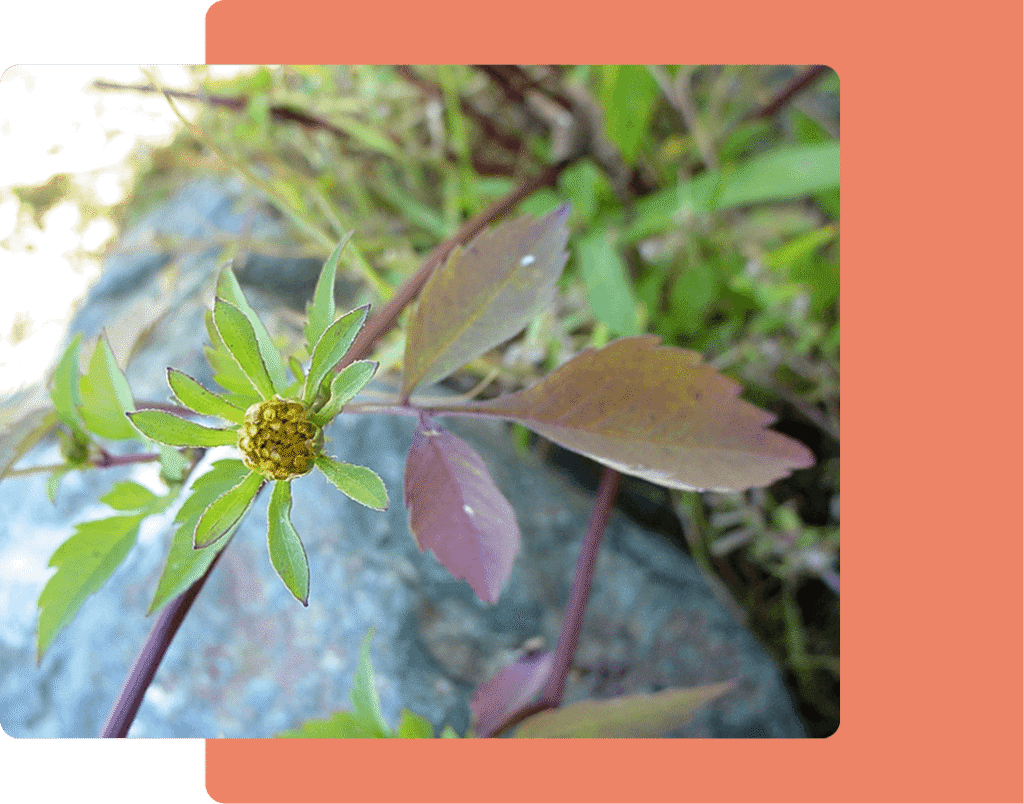
Where there’s mud, there’s beggartick. It loves soggy places like ditches, streams, and lowland fields in the Sierra.

Helps reclaim disturbed land and feeds pollinators. Think of it as the awkward but helpful cousin at the family reunion.
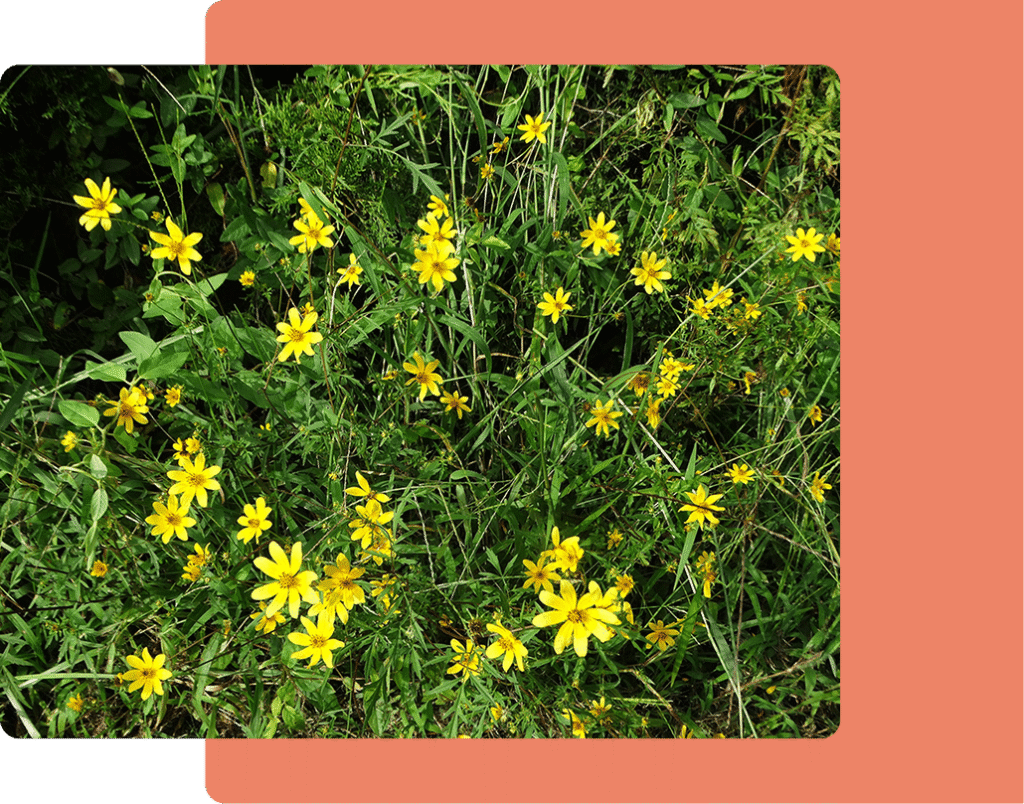
By throwing sticky seeds at anything that moves. It’s a master of hitchhiking.
Wet, messy, and a little wild—like spring break for plants.
● 2–4 ft tall
● Yellow flowers with daisy vibes
● Leaves look like they belong on a fern
Pollinators dig it, birds snack on it, and small critters take shelter in its mess.
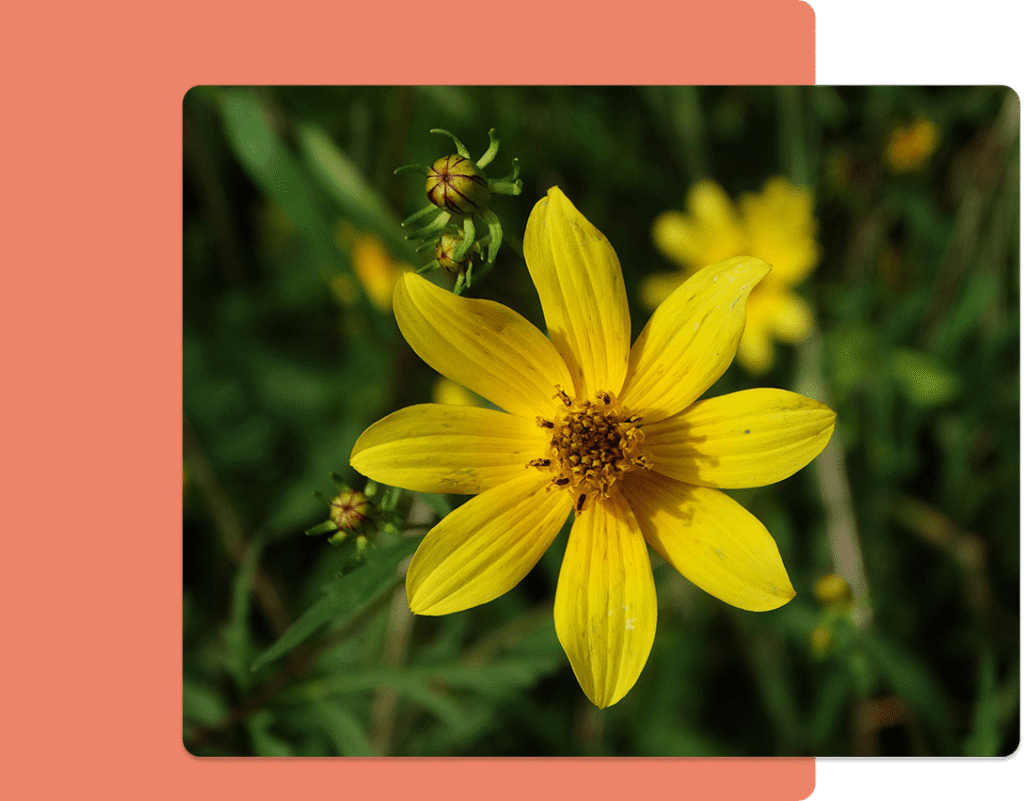
It’s called “beggartick” because it sticks to you like a broke roommate.
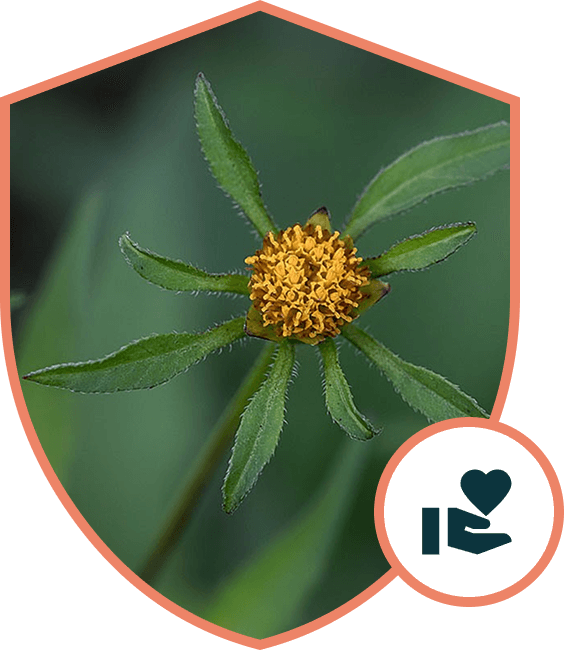
Because annoying can still be important—and ecosystems agree. Preserving devil’s beggartick supports pollinator health and the recovery of disturbed wetland areas, contributing to overall ecosystem resilience.
